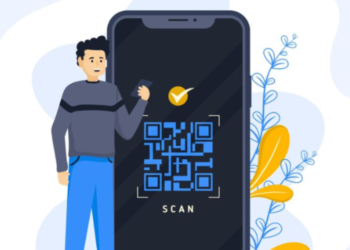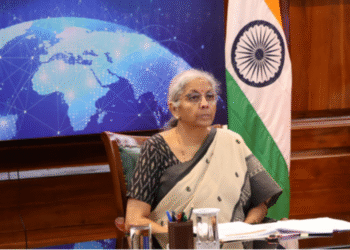To say that India is witnessing rapid growth in digitisation is an understatement. The country has seen a massive increase in internet use and digital payment options over the last five years. A report based on the ICUBE 2021 data places the number of internet users in the country at over 69 crores. The rise in internet users has been accompanied by a corresponding increase in the volume of digital payments in India. The COVID-19 pandemic in 2020 has only contributed to an exponential rise in these numbers.
Growth of digital payments in India
According to a Boston Consulting Group (BCG) report, the digital payments market in India is expected to hit $10 trillion by 2026. As per the estimate, the market will grow by three times, and this does not include large Business-to-Government (B2G) and Government-to-Government (G2G) transactions. The report has attributed ease of business, increasing consumer awareness, merchant acceptance, and development of payment infrastructure as some of the reasons behind this expected growth.
Moreover, India has seen a year-on-year increase of 33% in digital transactions during the financial year 2021-2022. For this period, India witnessed 7,422 crore digital payment transactions. This was a significant jump from the financial year 2020-2021, which saw 5,554 crore transactions.
However, the rigorous adoption of digital payments in India began much before 2022. In 2019, India was the global leader in app-based digital payments, a JP Morgan report confirmed. Digital wallets were the preferred mode of payment for 45.4% of e-commerce transactions.
As per FIS’ The Global Payments Report 2022, India is also on top of the list when it comes to real-time daily payments. India records an average of 70 million real-time daily payments. Citing Paytm’s contribution to the growth of digital payments in the country, the report adds, “From Paytm in India to Zalo in Vietnam, the world will continue to look to APAC for leadership in super app best practices.”
The rise in digital payments is also reflected in the volume of United Payments Interface (UPI) transactions. Data from the National Payments Corporation of India has placed the number of UPI transactions at 678 crores, amounting to Rs 11.16 trillion in September 2022.
Paytm leads the way
Data suggests that digital payments in India will account for 71.7% of total payments by 2025. As a digital payments pioneer, Paytm has been leading the digital revolution from the front.
Paytm’s digital penetration found mention in a speech by Prime Minister Narendra Modi in October 2022. The Prime Minister visited Uttarakhand’s Mana village – considered the last village on the Indo-China border – and commended the digital penetration achieved by Paytm in the region.
In his public address, the Prime Minister said that Paytm was empowering Mana’s women entrepreneurs with digital payments and QR codes for their businesses.
At Paytm, innovation is key to providing better services to users. As part of this effort, we are optimising the Content Delivery Network (CDN) to provide Paytm website resources to customers at a faster rate. CDN — a globally distributed network of servers — provides customers with better availability and enhanced security.
Another innovation aimed at improving digital payments is the digital token. The digital token-based e-payment system replaces card details of customers with an e-token. As part of Reserve Bank of India’s card-on-file tokenisation guideline, Paytm has tokenised 52.3 million cards so far. Over 93% of the monthly active cards on the Paytm app have been tokenised.
With such efforts, digital payments in India will likely gain even more popularity, making the nation’s journey to a cashless economy a comfortable ride.








